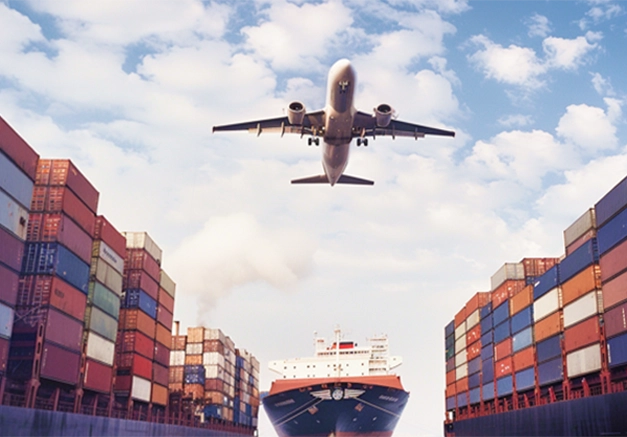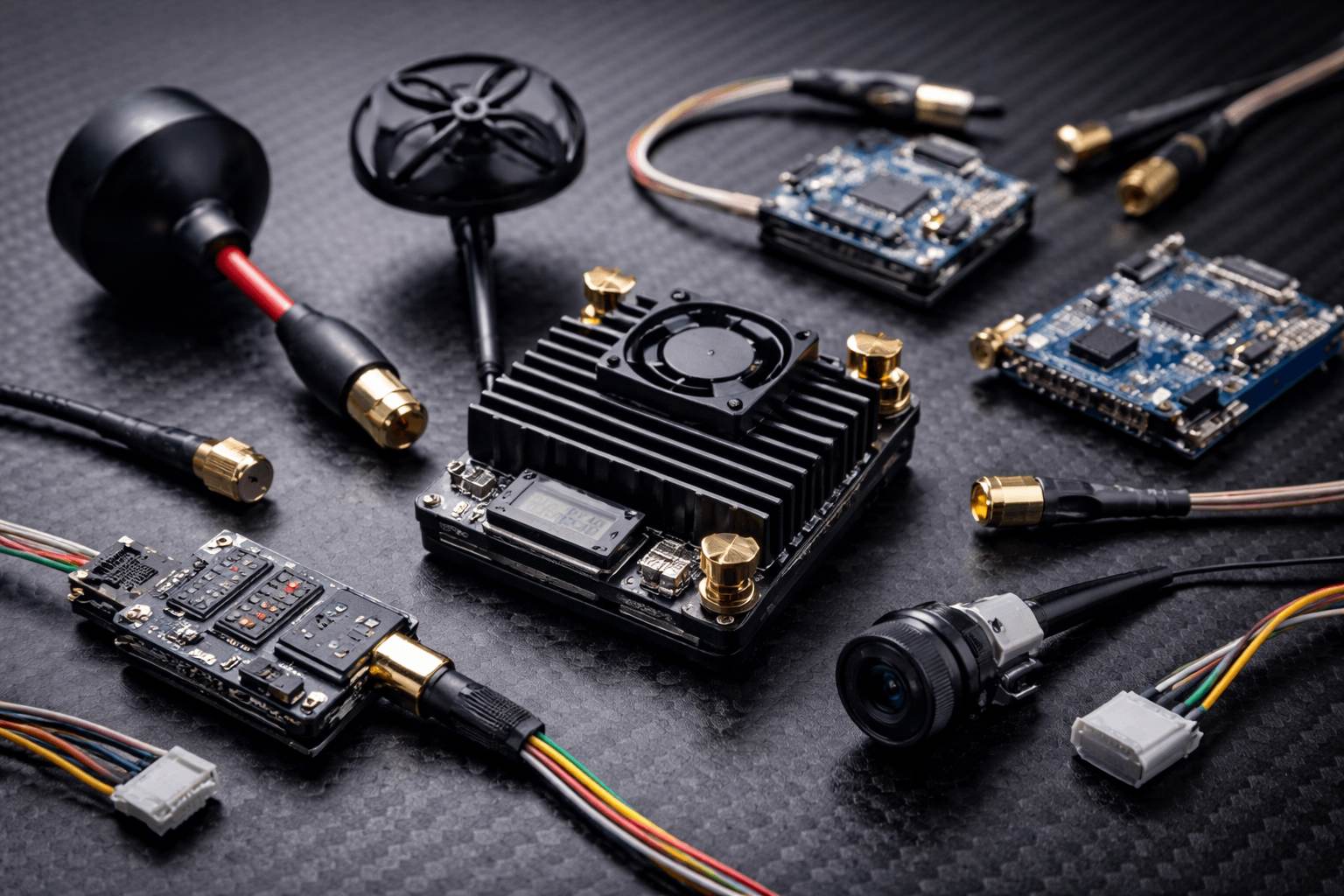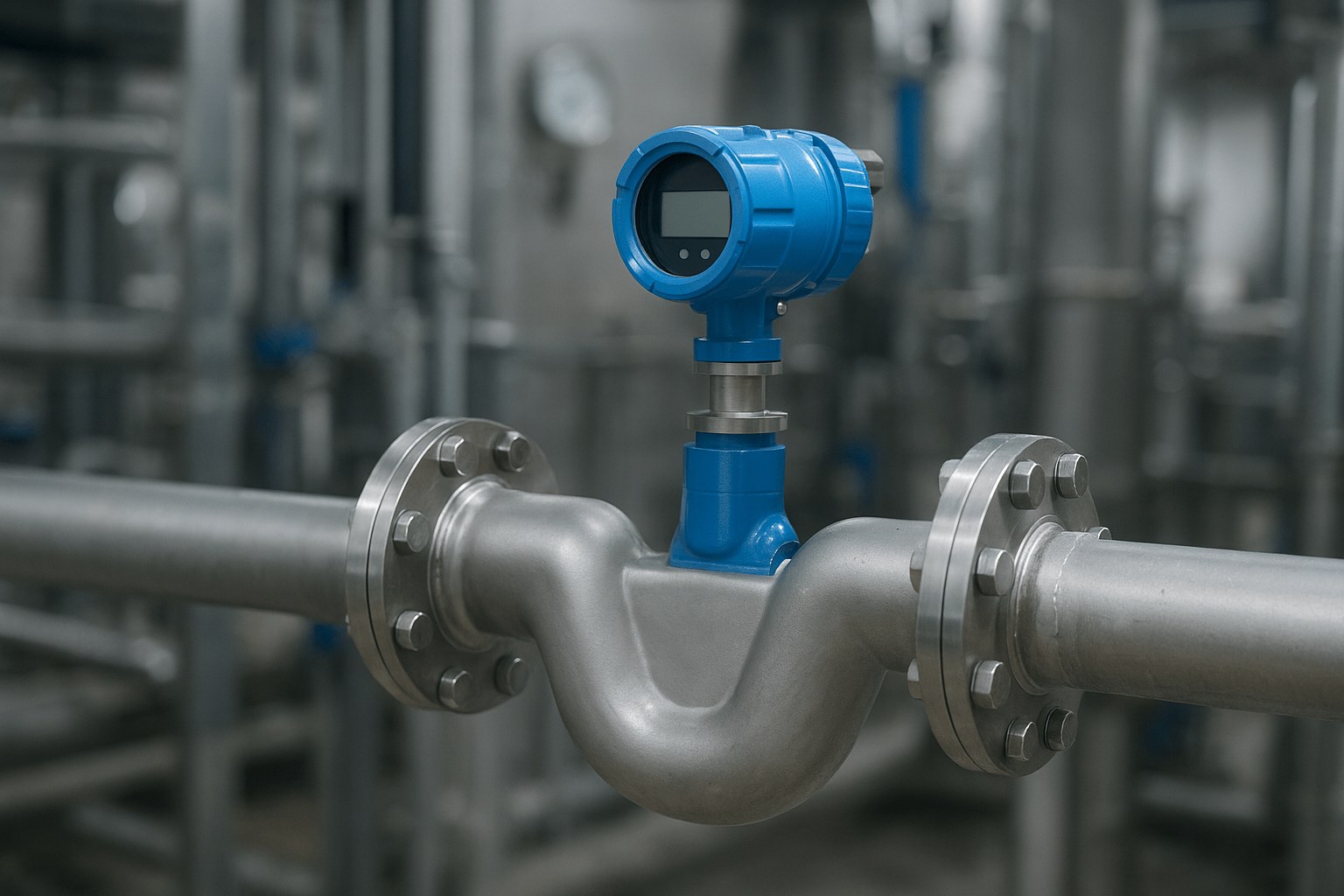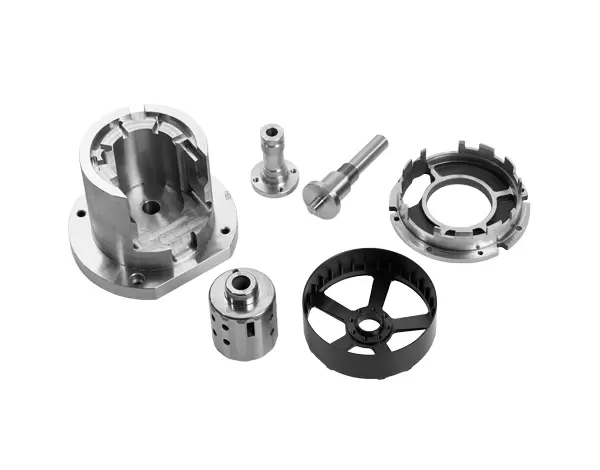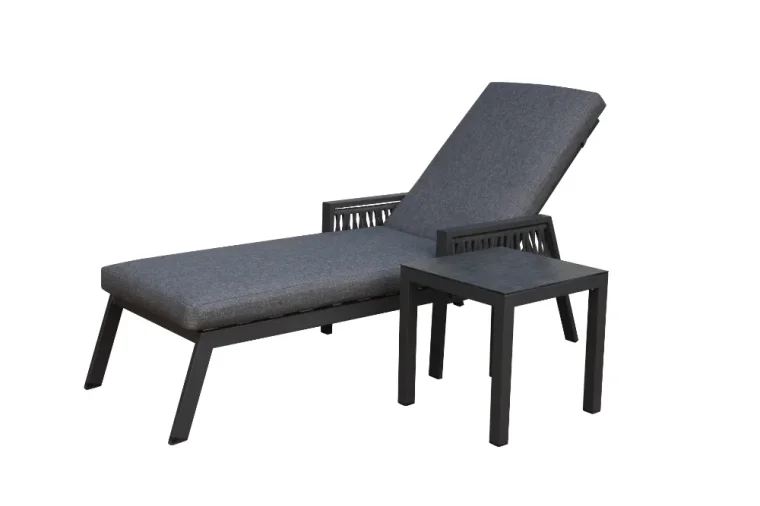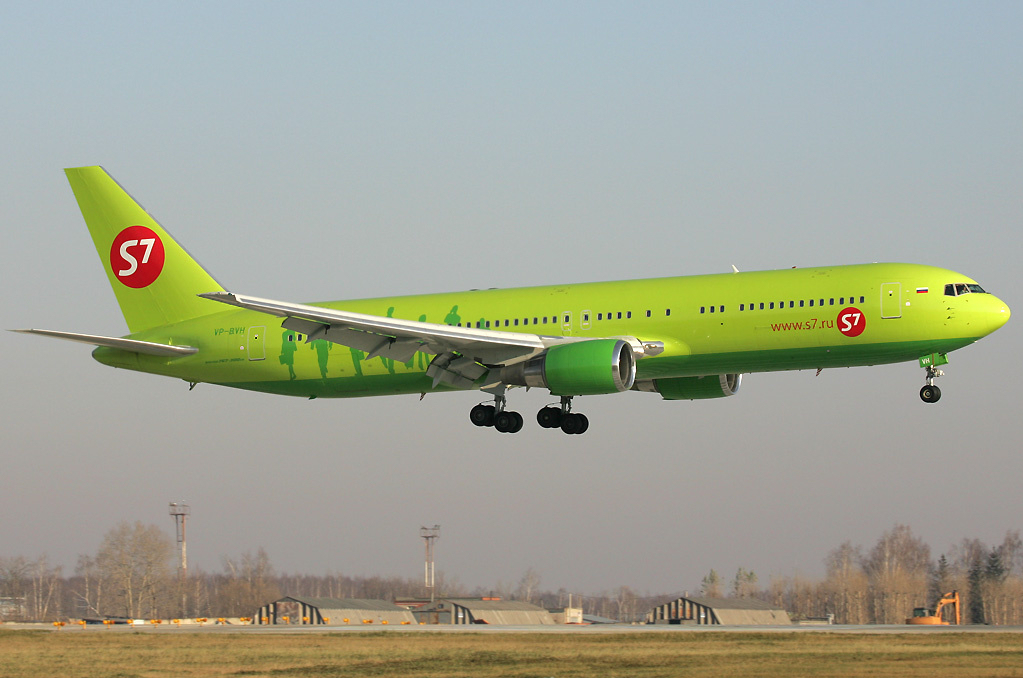
In recent decades, the aviation industry has witnessed remarkable advancements in safety measures, making modern planes the safest mode of transportation. This article delves into the reasons behind the enhanced safety of modern aircraft, exploring the technological innovations, rigorous regulations, and comprehensive training programs that contribute to this remarkable achievement.
- Advanced Engineering and Design:
Modern planes are built with cutting-edge engineering techniques and materials, ensuring enhanced structural integrity and resistance to various external factors. The use of lightweight yet robust materials, such as carbon fiber composites, improves fuel efficiency while maintaining structural strength. Additionally, advanced computer-aided design (CAD) software allows for precise modeling and simulation, enabling engineers to identify potential flaws and optimize safety features. - Redundancy Systems:
One of the key factors contributing to the safety of modern planes is the implementation of redundancy systems. Critical components, such as engines, hydraulic systems, and flight control systems, are duplicated or even triplicated to ensure that a single failure does not compromise the aircraft's ability to operate safely. Redundancy systems provide backup mechanisms, allowing pilots to respond effectively to unforeseen circumstances and ensuring a higher level of safety. - Avionics and Automation:
The integration of advanced avionics and automation systems has revolutionized aircraft safety. Fly-by-wire technology, for instance, replaces traditional mechanical controls with electronic systems, providing precise and reliable control over the aircraft. Autopilot systems assist pilots in maintaining stable flight parameters, reducing human errors and fatigue-related incidents. Furthermore, advanced navigation systems, such as GPS and ground proximity warning systems, enhance situational awareness and aid in avoiding potential hazards. - Enhanced Maintenance and Inspections:
Strict maintenance and inspection protocols are crucial in ensuring the safety of modern aircraft. Airlines adhere to comprehensive maintenance schedules, following manufacturer recommendations and regulatory requirements. Regular inspections, including routine checks, major overhauls, and component replacements, are conducted to identify and rectify potential issues before they become safety hazards. Additionally, advancements in predictive maintenance techniques, such as condition monitoring and real-time data analysis, allow for proactive identification of potential failures, further enhancing safety. - Stringent Regulations and Oversight:
The aviation industry operates under stringent regulations and oversight from international organizations, such as the International Civil Aviation Organization (ICAO) and national aviation authorities. These regulations cover various aspects, including aircraft design, manufacturing, maintenance, pilot training, and operational procedures. Compliance with these regulations ensures that safety standards are consistently met across the industry. Additionally, incident reporting systems and safety management programs enable continuous improvement and learning from past experiences.
Conclusion:
The safety of modern planes is a result of a multi-faceted approach that encompasses advanced engineering, redundancy systems, avionics and automation, enhanced maintenance practices, and stringent regulations. These factors work in harmony to minimize the risks associated with air travel and ensure the well-being of passengers and crew. As technology continues to advance and safety measures evolve, the aviation industry remains committed to providing the highest level of safety for all travelers.
